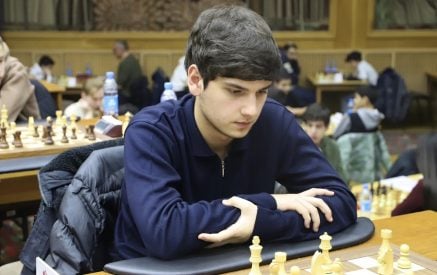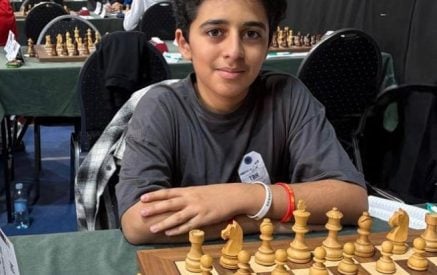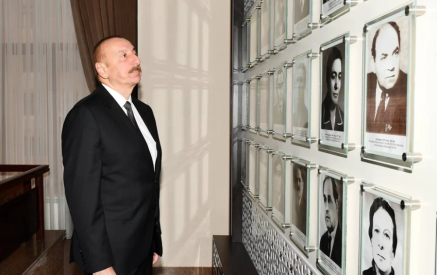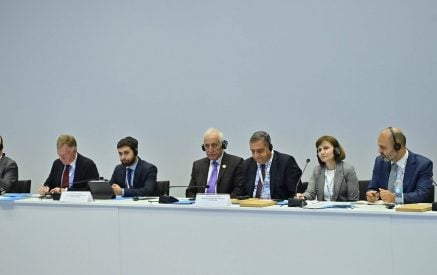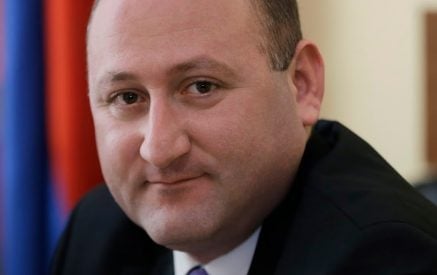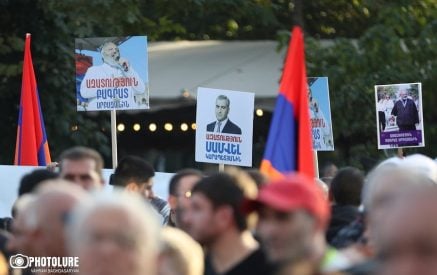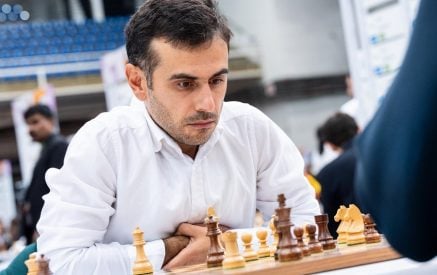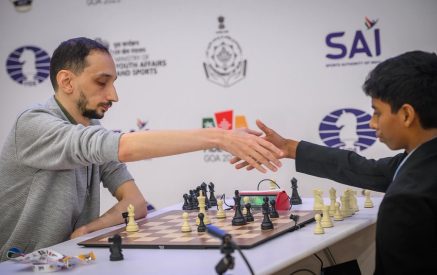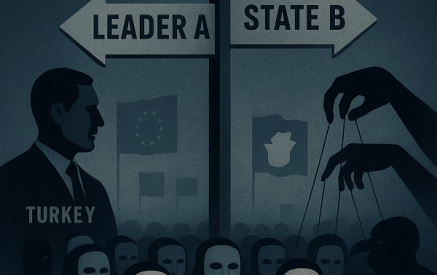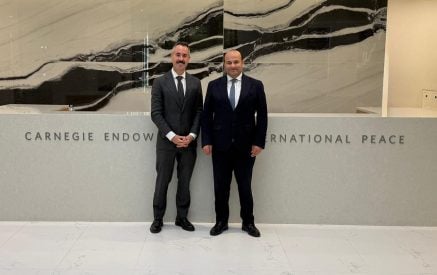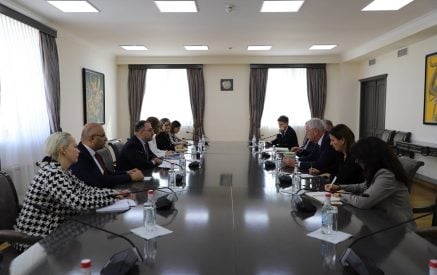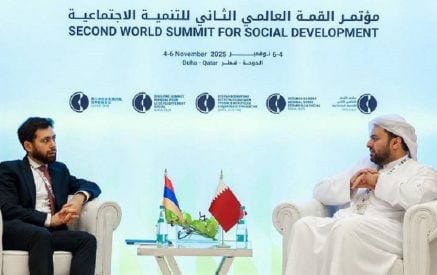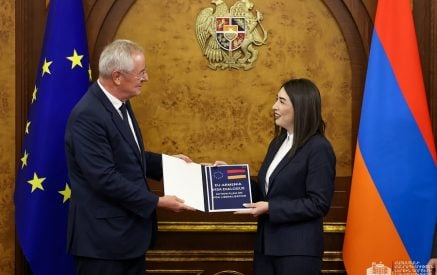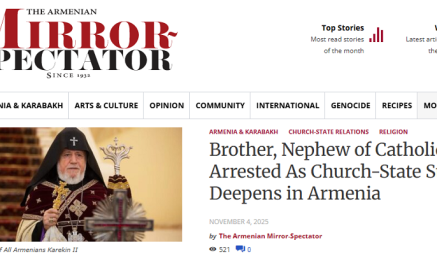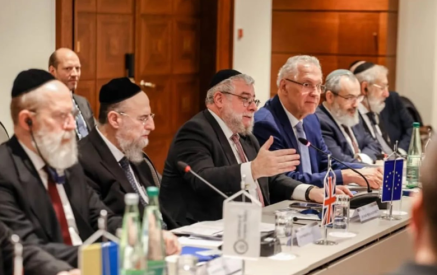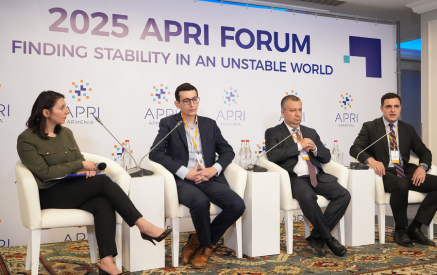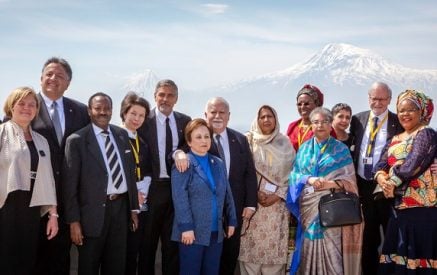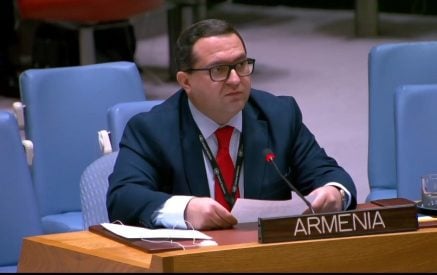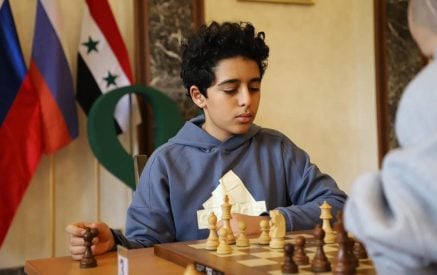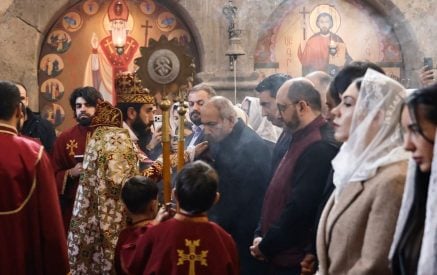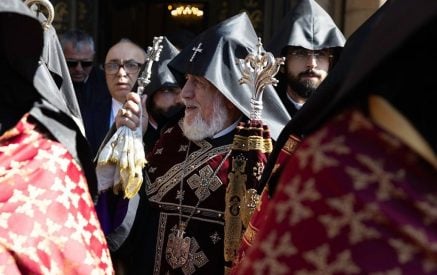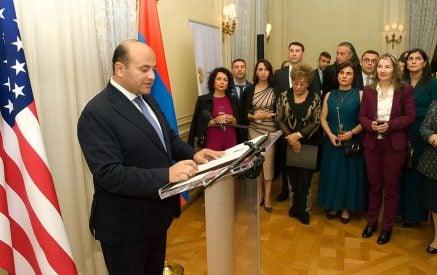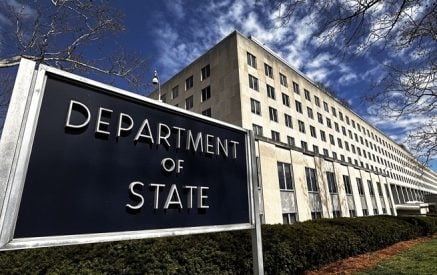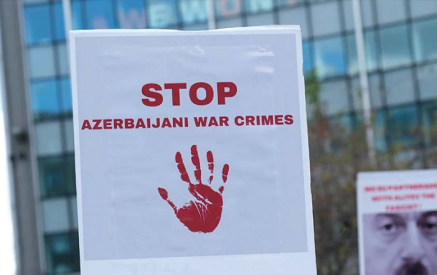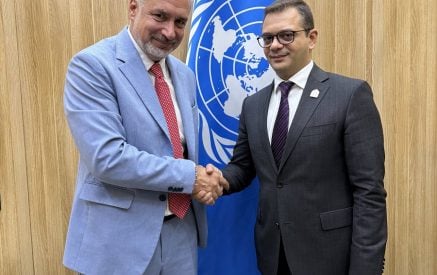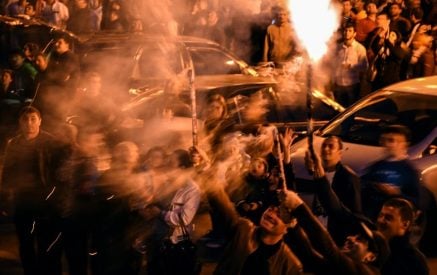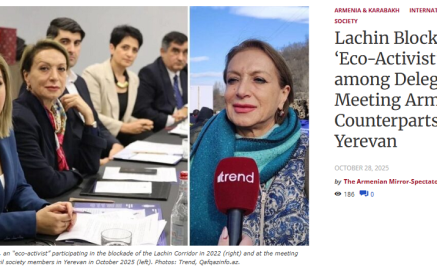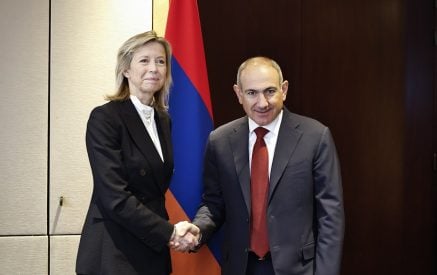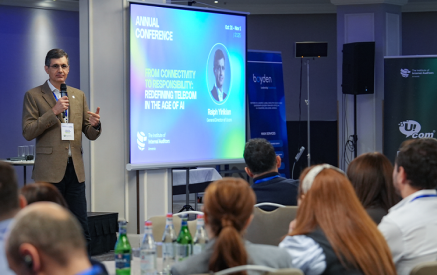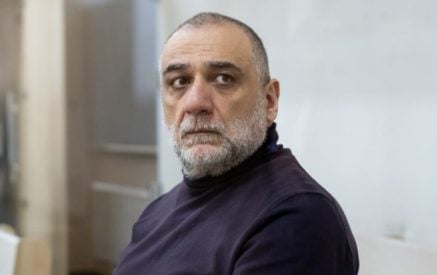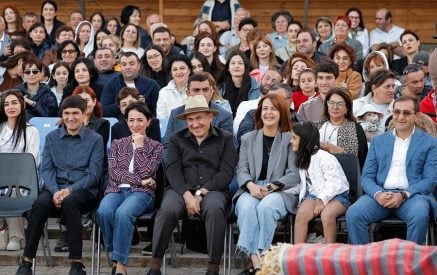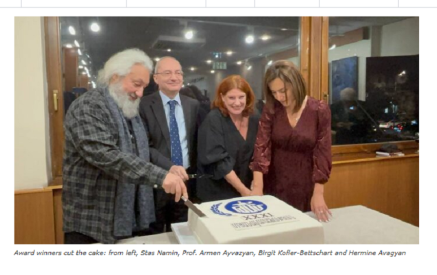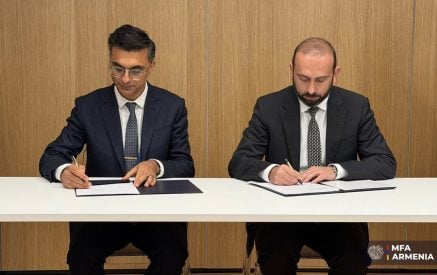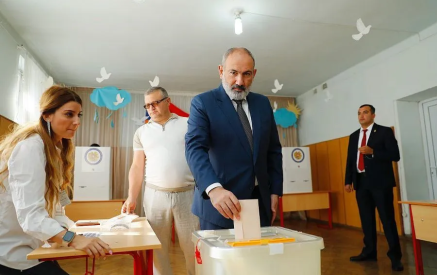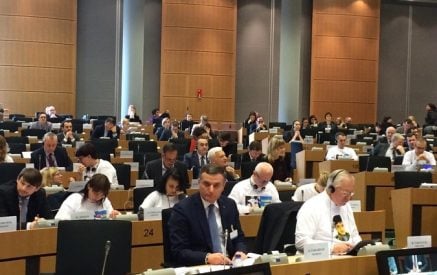by Benyamin Poghosyan
The apparent impasse in Armenia – Azerbaijan negotiations after the military takeover surprised many, especially in the West. Many saw the existence of the self-proclaimed Nagorno Karabakh Republic and Armenians living there as the only main obstacle on the road to peace between Armenia and Azerbaijan.
According to this logic, as all Armenians were forced to leave Nagorno Karabakh and the latter’s president, Samvel Shahramanyan, was forced to sign a decree on the dissolution of the republic by the end of 2023, the stage was set for the peace deal between Armenia and Azerbaijan. Then, the narrative goes, Armenia will normalize relations with Turkey, and finally, it can take tangible steps to decrease its dependency on Russia. Then, a new era of peace will emerge in the region, with less Russia and Iran and more West, while Armenians, Azerbaijanis, Turks, and Georgians will happily live, trade, and interact with each other.
Read also
It is challenging to argue that this was the primary motive behind the EU’s intensive involvement in the Armenia – Azerbaijan negotiations, as this narrative requires strategic thinking, which Brussels still lacks. However, many in Washington looked in that direction with some hope. Thus, when on September 26, Secretary of the Security Council of Armenia Armen Grigoryan met with Azerbaijani President Ilham Aliyev’s foreign policy advisor Hikmet Hajiyev in Brussels, many in the West were anticipating the biggest triumph of the EU in the post-Soviet world to happen soon – Armenia and Azerbaijan signing a peace agreement in Brussels or some other Western capital by the end of 2023, marking the beginning of the new era for the EU and the region.
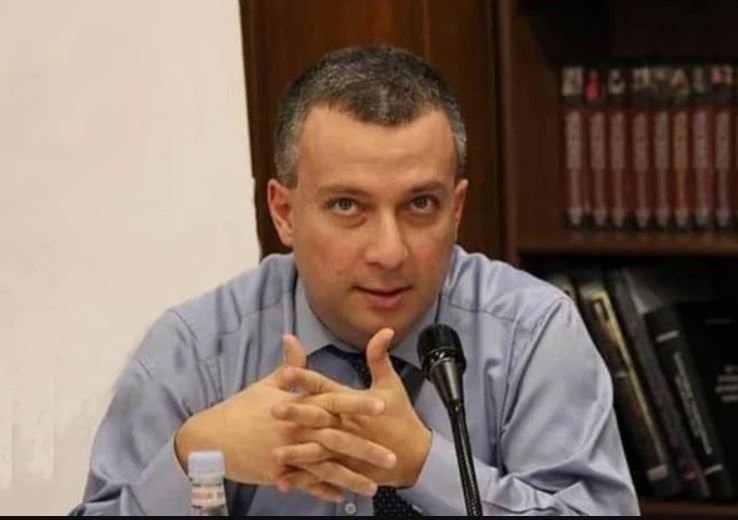
Benyamin Poghosyan
However, instead of creating a triumph, the next two months resulted in confusion, irritation, and anger in the Western capitals. Azerbaijan suddenly reduced its involvement in the Western platforms of negotiations, canceling meetings in Granada, Brussels, and then Washington. Baku started to speak about the destructive role of the Western powers in the region, accused them of being pro-Armenian, and called for solving the region’s problems by regional powers – sounding precisely like Russia and Iran.
Instead of having a region with less Russia and Iran and more West, the military takeover of Nagorno Karabakh by Azerbaijan resulted in a more volatile South Caucasus, where Azerbaijan now puts pressure on Armenia and takes steps to renew its relationship with Russia and Iran, and where the 3+2 platform appears more and more influential. At the same time, the EU and the US are confused and have no clear idea what to do next. The EU now says that instead of putting pressure on Azerbaijan, it will increase its support to Armenia, but apparently, this is not what the EU hoped to achieve just two months ago.
So, what happened in the last two months? To answer this question, we must analyze the Armenia – Azerbaijan negotiations under the Western umbrella of the last two years. After the first meeting of President Aliyev and Armenia’s Prime Minister Nikol Pashinyan took place in Brussels in December 2021, the idea emerged that Armenia should reduce its bar on the status of Nagorno Karabakh and recognize the territorial integrity of Azerbaijan within Soviet Azerbaijan borders. Everyone understood that if Armenia recognized Nagorno Karabakh as part of Azerbaijan, then Armenia eventually should agree with the dissolution of the Nagorno Karabakh Republic and all its institutions, including the NK defense army. Having a separate state inside Azerbaijan and another army besides the Azerbaijan army is impossible.
From the Western perspective, recognition of Azerbaijan’s territorial integrity with Nagorno Karabakh would eliminate the main obstacle for Armenia – Azerbaijan peace: the future of NK and Armenians living there. Simultaneously, the West was hoping to convince or force President Aliyev to agree to provide special rights to Armenians living in NK. The trade–off seemingly was this – Armenia drops any talks about status, including demand for autonomy, and stops any reference to the right to self-determination. At the same time, Azerbaijan agrees to provide acceptable conditions to Armenians. Armenia and Azerbaijan agreed to this equilibrium, and Armenian government officials have stopped using the terms “status” and “right to self-determination” since the summer of 2022, instead speaking only about the “rights and security of Armenians.”
This approach was institutionalized first in October 2022, during the Prague summit of the European Political Community, and then during meetings in May and July 2023 in Brussels. The EU and the US were happy – despite military escalations, including a large-scale incursion of Azerbaijani troops into Armenia proper in September 2022, negotiations in the Western platforms were moving forward, while the Russian track was de facto frozen. Russia organized a meeting between two leaders in late October 2022, but it did not bring any results. Thus, Russian influence appeared to be declining, and Armenia and Azerbaijan were moving towards signing a peace deal in Brussels, Washington, or some other Western capital.
Azerbaijan’s blockade of Nagorno Karabakh spoiled this idealistic picture, but it could not derail the negotiation process. As people in Nagorno Karabakh were semi-starving, Armenian and Azerbaijani officials were meeting in Washington and Brussels.
Meanwhile, Azerbaijan used the recognition of Nagorno Karabakh as part of Azerbaijan by Armenia as justification to demand the dissolution of the Nagorno Karabakh Republic and its institutions. The worrying sign, however, was the fact that Azerbaijan rejected any possibility of international presence in Nagorno Karabakh and the provision of any special rights to Armenians. It showed that Azerbaijan used the Western platforms of negotiations not only to get the recognition of NK as part of Azerbaijan from Armenia and then demand the dissolution of the Nagorno Karabakh Republic but also to exploit Western platforms to receive the “green light” for a military takeover of Nagorno Karabakh. Azerbaijan told the West that it would not tolerate the existence of a de facto independent Nagorno Karabakh republic and would not allow it to transform the November 10, 2020, trilateral statement into another May 1994 ceasefire, with an additional 26 years of negotiations. Azerbaijan’s position was clear – either convince Nagorno Karabakh Armenians to dissolve the republic themselves, or Azerbaijan would use force to reach that goal.
The EU and the US publicly and privately told Azerbaijan that the use of force against Nagorno Karabakh was unacceptable. However, they also understood that the situation had reached an impasse. The Armenians of Nagorno Karabakh were refusing the idea of self-dissolution of Nagorno Karabakh. The Armenian government demanded special rights for them and called for establishing international mechanisms for the Baku – Stepanakert talks, while Azerbaijan categorically rejected both options. The West, and in particular, the US, was interested in reaching a peace deal between Armenia and Azerbaijan as soon as possible, viewing it as a possibility to bring about tectonic shifts in the geopolitics of the South Caucasus – less Russia and less Iran in the region. However, they could not force Azerbaijan to accept Armenia’s offers and overcome that impasse. In that situation, as Azerbaijan used force and closed the Nagorno Karabakh chapter in September 2023, the West had a relatively muted reaction, presumably hoping that now the peace deal is within reach.
Thus, Azerbaijan tricked the West quite skillfully. First, it endorsed Western platforms of negotiations to reach the recognition of Nagorno Karabakh as part of Azerbaijan by Armenia, then used it as a pretext to demand the dissolution of the Nagorno Karabakh Republic, and in September 2023, hinted to the West that the “forced closure of Nagorno Karabakh chapter” would bring in the era of regional peace.
As a result of skillful diplomacy, Azerbaijan reached the almost impossible – forcibly kicking out all Armenians from NK and receiving zero consequences from the West. Immediately after that, Azerbaijan turned to Russia and Iran, telling them that Baku was happy to solve regional issues with them and did not want to see increased Western influence in the region. At the same time, Armenia now faces multiple crises – more than 100,000 refugees from NK, the destruction of NK, tense relations with Russia, and a frozen Western platform of negotiations.
The West is now in confusion. Azerbaijan broke its promises not to use force against Nagorno Karabakh and afterward declared Western platforms as biased and ineffective, turning towards Russia and Iran; Armenia faces more security challenges while still calling for negotiation in Western platforms while Russia and Iran “without any noise and dust” push forward the 3+2 format in cooperation with Azerbaijan and Turkey.
Some in the EU now call for increased support for Armenia as a victim of Azerbaijani manipulations and as a fledgling democracy that is trying to break its ties with Russia, while others are arguing that it will alienate Azerbaijan more and will push Baku even closer to Russia and Iran. More support for Armenia in the “anti-Russian sauce” may make Armenia more vulnerable and increase threats to Armenian security. Yerevan may become the only “spoiler” in the South Caucasus, which wants to bring more West in the region. It may bring more volatility and chaos to the region.
The problem is that the EU and the US have no good options. No reaction to what Azerbaijani did to them will undermine their stance in the region, while any action may worsen the situation. Thus, the 2022-2023 Armenia – Azerbaijan negotiations under Western auspices may enter the diplomatic textbooks as an excellent example of how a relatively small country tricked the powerful collective West while another small country became the victim of geopolitical manipulations and idealistic hopes. Even if the EU and the US can bring Azerbaijan back to the western platforms of negotiations, it most probably will be “a show for ticking boxes” for Baku.



